Knowledge about guitar strings the choice of guitar strings
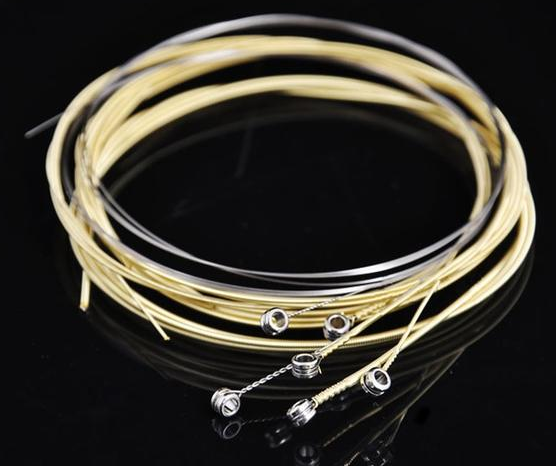
The sound of the guitar comes from the vibration of the strings. In the previous article, I introduced the effect of the resonance of the piano on the sound of the guitar. It also mentioned that the sound of the guitar comes from the vibration of the strings. For the guitar itself, the key component that most affects the sound is the strings, but now it seems that more people pay more attention to the choice of the body and ignore the strings.
Some people think that the guitar strings are nothing more than metal strings and nylon strings, and then the thickness is different. But this is not the case. Different strings of materials are different. Different materials determine different physical properties, and the sounds of strings based on different physical properties are different.
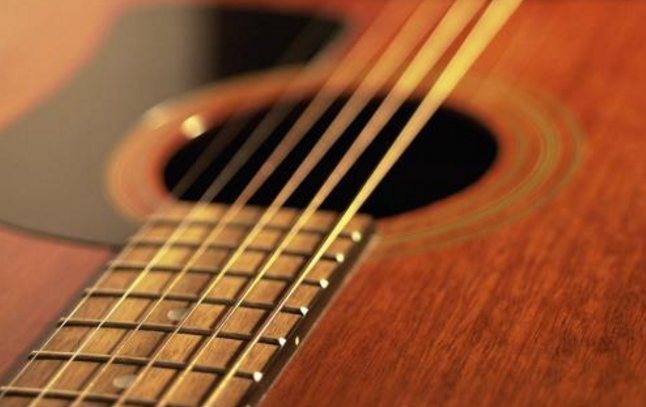
A good acoustic guitar needs a good string to play a good sound. We bought a folk guitar, how should we match the strings? The process of selecting strings is complex and requires us to have some knowledge of the strings and consider many aspects. Then let us first talk about the basics of the strings.
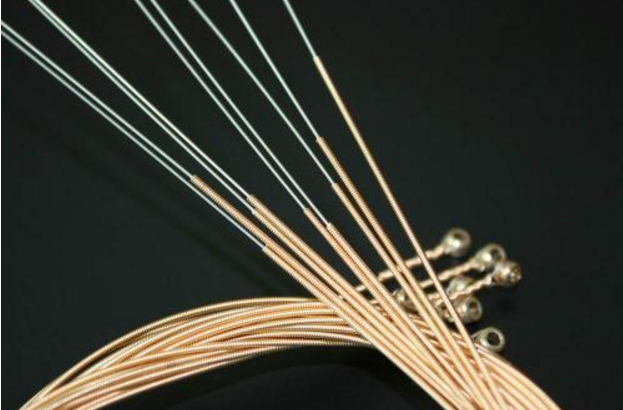
Let’s first talk about the first and second strings of the acoustic guitar. If you look closely, you will find that one and two strings are smoother than others. The main material of the first string and the second string is high carbon steel, which is made of high carbon steel and coated with other metals. The third, fourth, fifth, and sixth strings are different from the first and second strings, except that the interior is made of high carbon steel, and the outer layer is wrapped around the alloy string, and the inner wrapped high carbon steel is not like a string and two strings. Cylindrical, but prismatic. They are generally hexagonal prisms with a regular hexagonal cross section. The inner steel wire is made of prisms to make the outer metal wire wrap more firmly and the resonance effect is better.
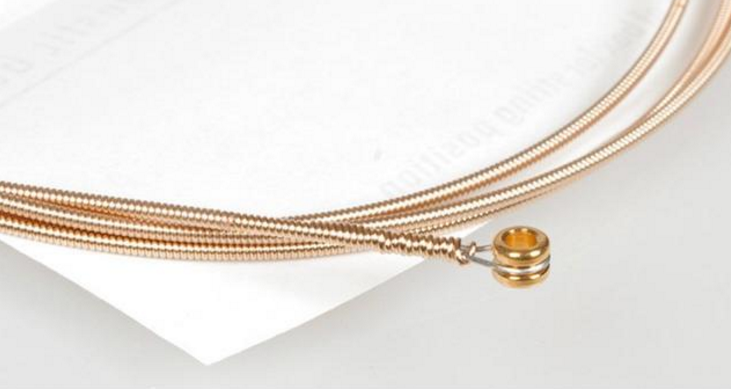
Generally, the material of the first and second strings is high carbon steel, and the outer layer of the fourth and fifth strings is wound with metal wires. There are many kinds of materials for the outer metal wire, which we can usually see on the outer packaging of the strings. The outer packaging of the strings generally has the words “80/20 Brass”, “80/20 Bronze”, etc. These words refer to the outer material of the strings.
1.80/20 Brass: Brass is the English language for brass. Brass is an alloy of copper and zinc, and 80/20 is the ratio of copper to zinc. The brass strings are warm and uniform, and the sustain is long. You can use this string if you like to play folk songs.
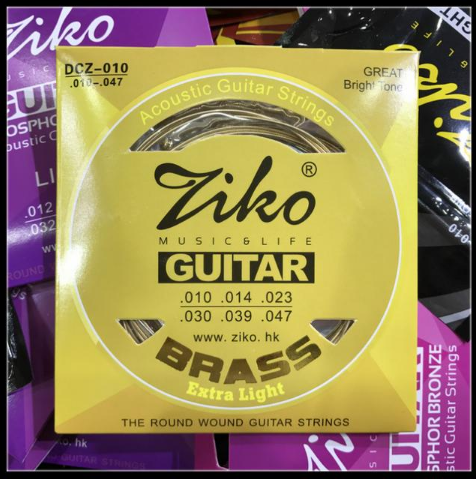
2.Cupronickel: commonly known as “white copper”, copper-nickel alloy, a copper alloy containing 10% to 30% nickel. This string sound is bright and crisp.
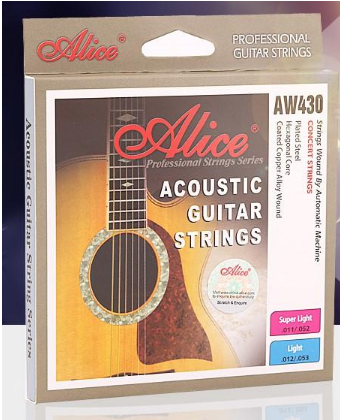
3. 80/20 BRONZE: This copper is bronze, copper and tin alloy, 80/20 is 80% copper and 20% tin. This kind of string is our most common string, if you have a friend who often compares different strings will find out. The strings are crisp and bright, used to play or flamenco-style sweeps, and are often used to finger-pointing, with a little metallic touch.
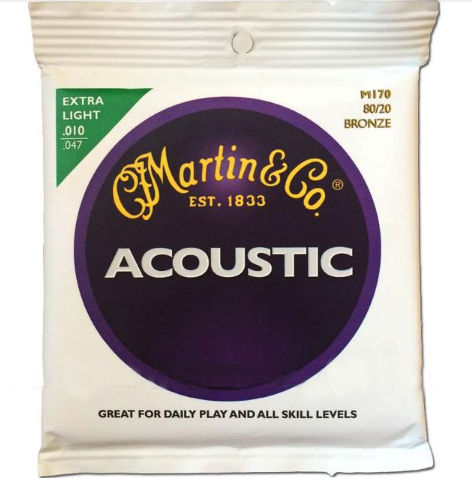
4. 80/15 BRONZE – Same as above, the composition of 80/15 is 80% copper and 15% tin.
This string sounds similar to the 80/20, but the sound is warmer and the performance is relatively balanced, suitable for a variety of styles of performance. If you don’t know what style of music you like to play, you can prefer this string.
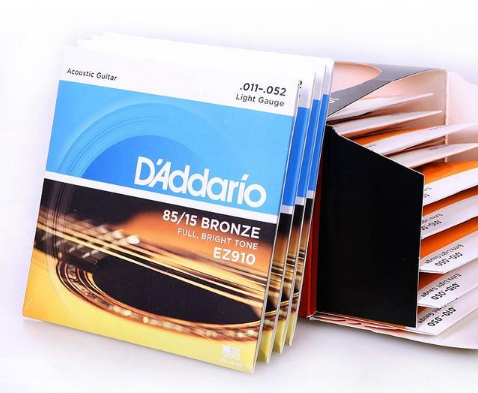
5. Phosphor Bronze: Phosphor is the “phosphorus” in English, that is, phosphor bronze; and bronze itself is an alloy of copper and tin, the ratio is 90/10, which can be written as: 90/10 Bronze, on the basis of which a small amount of 5%) Phosphorus, the synthesis of phosphor bronze, so the phosphorous copper guitar strings are generally more expensive, due to its different raw materials and processes. This kind of string feels harder, but the sound is warmer, and the special playing skills can make the sound longer, which is very suitable for friends who like fingering playing.
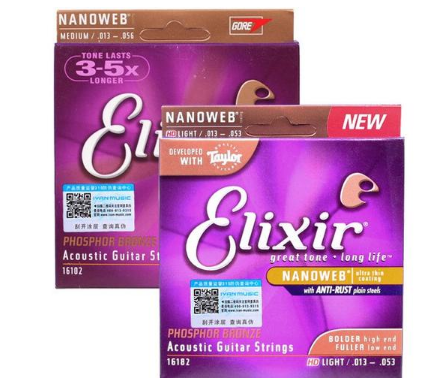
6. Stainless Steel: In fact, it is “stainless steel”. Some low-end guitars (burning fire sticks) are used with strings. This kind of strings is not easy to rust, but the sound is like the cotton.
There are a variety of color strings to choose from on the market. If it is for the cool on the surface, you can buy a bunch of back, change one set a day, and you regret it!
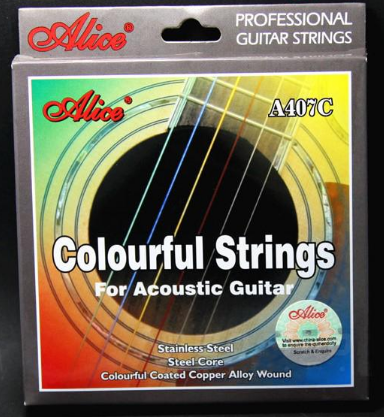
7. Composite (Silk & Steel): The translation is “combined strings (wire and steel)”, that is to say, steel strings with nylon strings inside, and the outside is wrapped with silver-plated bronze strings. This material is the Martin M130 string, so the tension is small and it is very easy to press and the sound is quite soft. There is also the use of such strings for classical guitars. Beginners can install such strings or simply choose classical guitars to avoid the ruin of metal strings on their fingers.
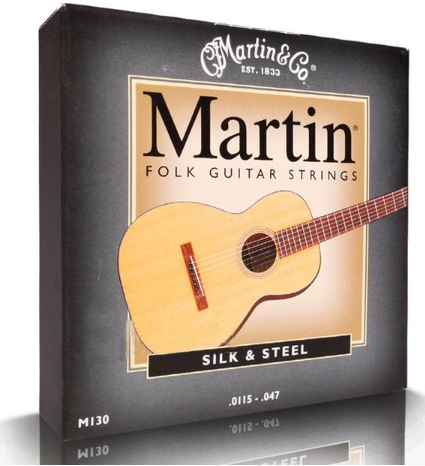
8. Nickel – Nickel, the strings are crisp and bright, and the strings are relatively soft and the tension is not that great. These strings are commonly used on electric guitars.

Good strings should have good sound quality, fast chording, stable pitch, good playability and long life. The manufacturers of the strings are usually trying to pursue higher possibilities in the above five aspects, or they try to have different performances in a certain aspect in order to achieve their own unique market positioning. They achieve their goals by adjusting the composition of the strings and the process flow. The manufacture of strings is not a precise science. Each brand of strings has its own unique characteristics, and there are also good and unsatisfactory places. No strings produced by any manufacturer are the best or perfect, different strings have different styles.

Therefore, we have to choose the strings to understand their own musical style, but also to understand the purpose of playing the guitar. For example, if the luthier chooses the strings, he will choose strings that are less obvious in stylization, because such strings can better influence the sound of the body itself. If the player chooses the strings, they will definitely choose the style they like, because the strings can make the musician’s music more stylized and more distinctive. We should choose the strings ourselves and we should know what kind of music we want, and then choose the appropriate strings. If you are not very clear about your music style, you can ask someone who knows the guitar better and let the professionals help you analyze it. If you are a guitar beginner, it is recommended to choose a string that is easier to play, and then consider the stylized things.

Leave a Reply
You must be logged in to post a comment.